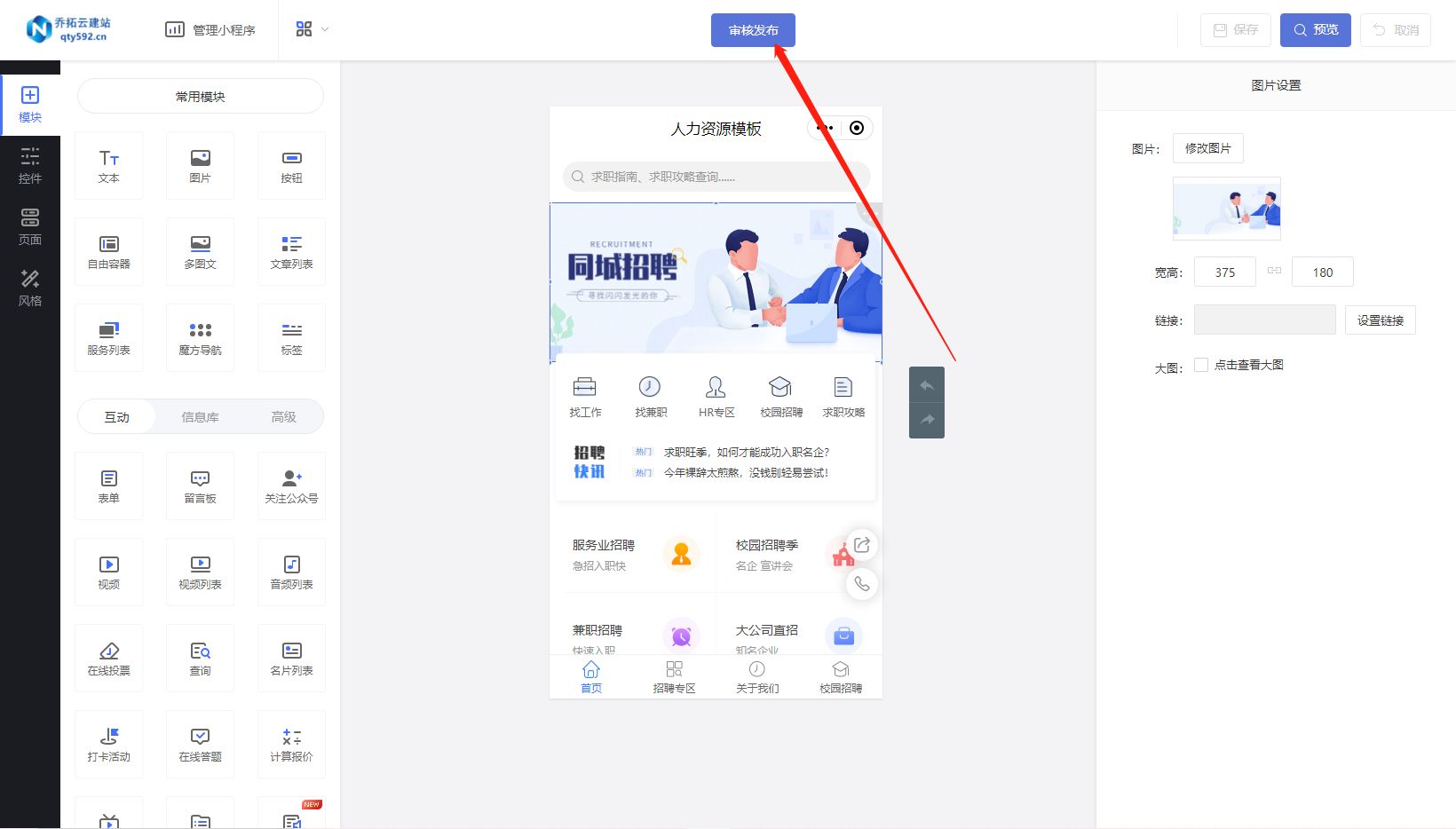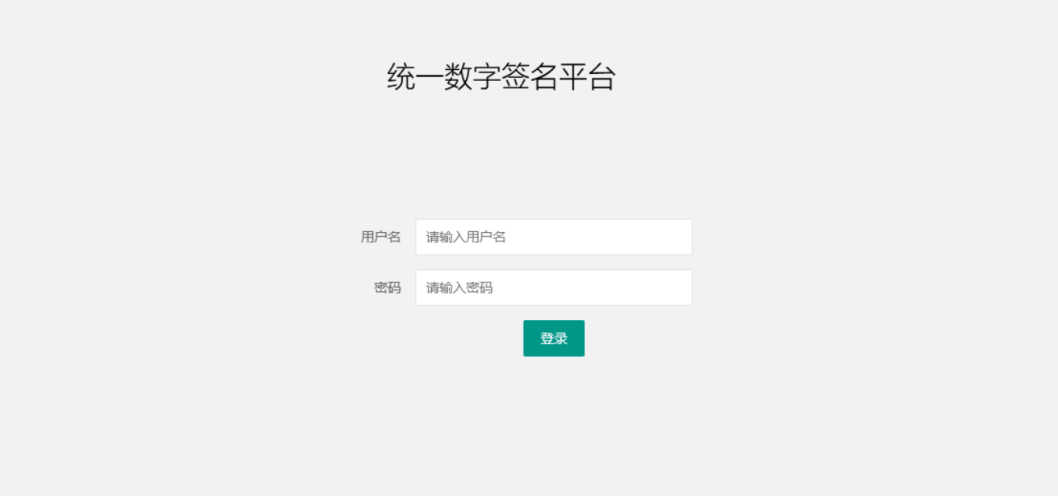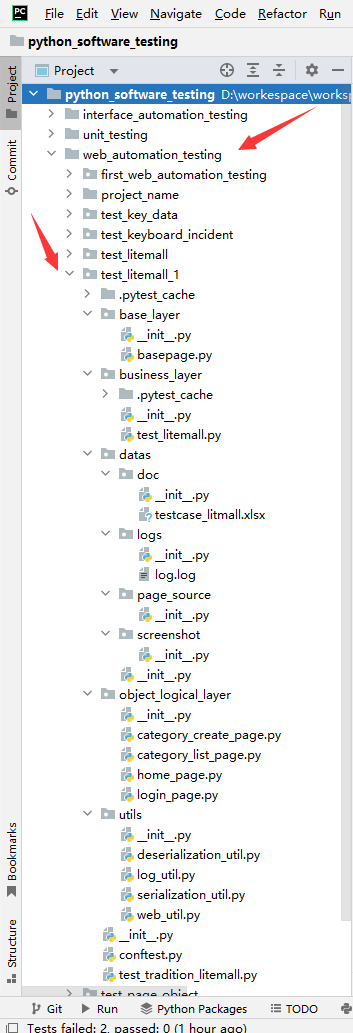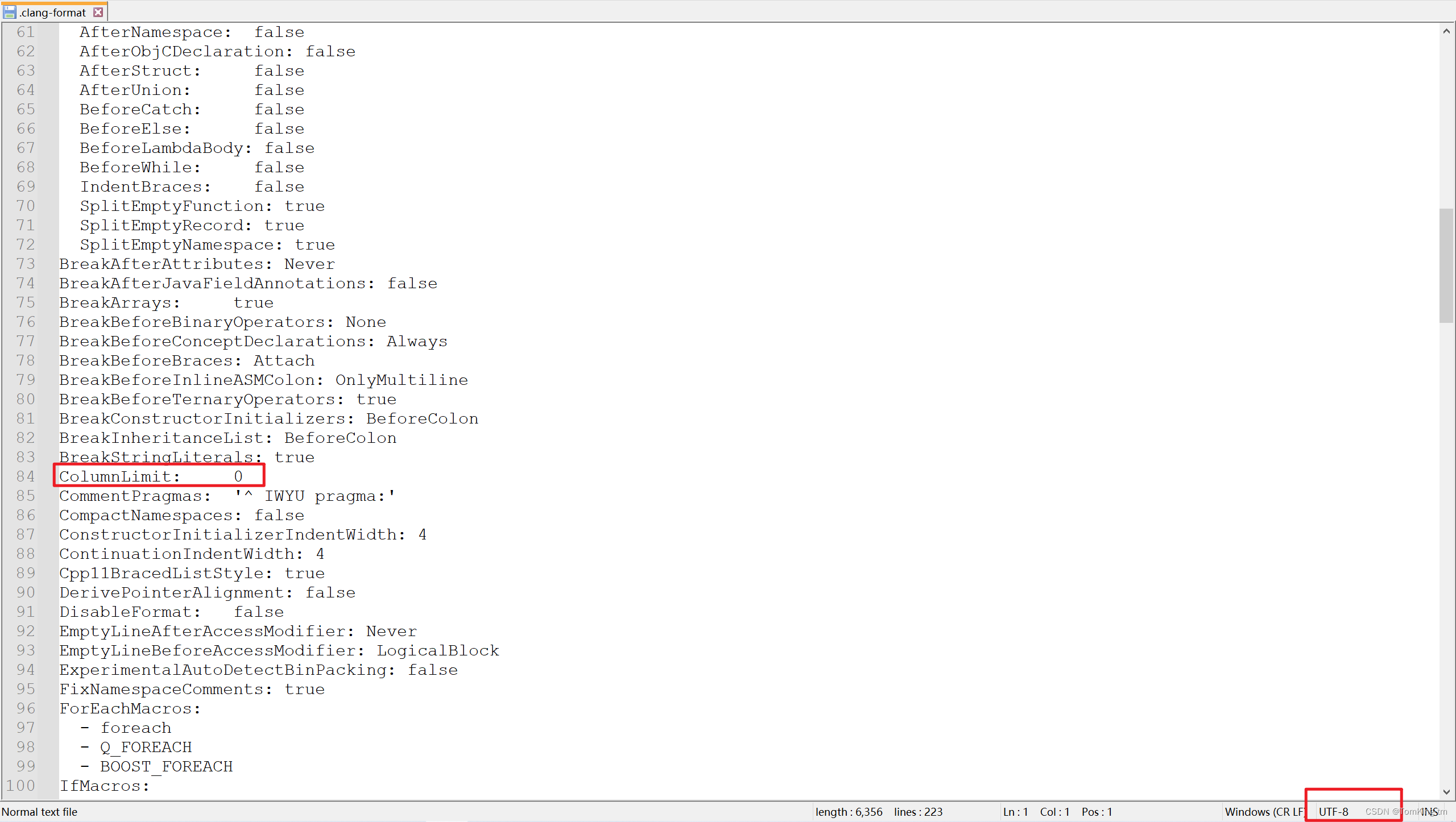背景:
本文是教初学者如何正确使用和接入redis。

一、引入依赖
<!--redis--><dependency><groupId>org.springframework.boot</groupId><artifactId>spring-boot-starter-data-redis</artifactId></dependency><dependency><groupId>redis.clients</groupId><artifactId>jedis</artifactId></dependency><!--mysql --><dependency><groupId>mysql</groupId><artifactId>mysql-connector-java</artifactId><version>8.0.13</version><scope>runtime</scope></dependency><!--连接池 --><dependency><groupId>com.alibaba</groupId><artifactId>druid-spring-boot-starter</artifactId><version>1.1.14</version></dependency>二、application.yml文件配置
# 本地环境
server:servlet:context-path: /port: 8080
#数据库配置
spring:datasource:type: com.alibaba.druid.pool.DruidDataSourcedriver-class-name: com.mysql.cj.jdbc.Driverdruid:#数据源url: jdbc:mysql://localhost:3306/spring_cloud?useUnicode=true&characterEncoding=utf-8&useSSL=false&serverTimezone=GMT%2B8username: rootpassword: 123456initial-size: 10max-active: 100min-idle: 10max-wait: 60000pool-prepared-statements: truemax-pool-prepared-statement-per-connection-size: 20time-between-eviction-runs-millis: 60000min-evictable-idle-time-millis: 300000validation-query: SELECT 1 FROM DUALtest-while-idle: truetest-on-borrow: falsetest-on-return: falsestat-view-servlet:enabled: trueurl-pattern: /druid/*#login-username: admin#login-password: adminfilter:stat:log-slow-sql: trueslow-sql-millis: 1000merge-sql: truewall:config:multi-statement-allow: trueredis:port: 6379host: 120.11.11.220password: 123456!database: 5三、RedisTemplateConfig配置类
import org.springframework.cache.annotation.CachingConfigurerSupport;
import org.springframework.context.annotation.Bean;
import org.springframework.context.annotation.Configuration;
import org.springframework.data.redis.connection.RedisConnectionFactory;
import org.springframework.data.redis.core.RedisTemplate;
import org.springframework.data.redis.serializer.StringRedisSerializer;@Configuration
public class RedisTemplateConfig extends CachingConfigurerSupport {@Beanpublic RedisTemplate redisTemplate(RedisConnectionFactory redisConnectionFactory) {RedisTemplate<Object, Object> redisTemplate = new RedisTemplate<Object, Object>();StringRedisSerializer stringRedisSerializer = new StringRedisSerializer();redisTemplate.setConnectionFactory(redisConnectionFactory);redisTemplate.setValueSerializer(stringRedisSerializer);redisTemplate.setKeySerializer(stringRedisSerializer);redisTemplate.setHashKeySerializer(stringRedisSerializer);return redisTemplate;}}四、Redis工具类
import org.springframework.beans.factory.annotation.Autowired;
import org.springframework.data.redis.core.BoundSetOperations;
import org.springframework.data.redis.core.HashOperations;
import org.springframework.data.redis.core.RedisTemplate;
import org.springframework.data.redis.core.ValueOperations;
import org.springframework.stereotype.Component;import java.util.*;
import java.util.concurrent.TimeUnit;/**** Redis工具类*/
@SuppressWarnings(value = { "unchecked", "rawtypes" })
@Component
public class RedisUtils {@Autowiredpublic RedisTemplate redisTemplate;/*** 缓存基本的对象,Integer、String、实体类等** @param key 缓存的键值* @param value 缓存的值*/public <T> void setCacheObject(final String key, final T value){redisTemplate.opsForValue().set(key, value);}/*** 缓存基本的对象,Integer、String、实体类等** @param key 缓存的键值* @param value 缓存的值* @param timeout 时间* @param timeUnit 时间颗粒度*/public <T> void setCacheObject(final String key, final T value, final Long timeout, final TimeUnit timeUnit){redisTemplate.opsForValue().set(key, value, timeout, timeUnit);}/*** 设置有效时间** @param key Redis键* @param timeout 超时时间* @return true=设置成功;false=设置失败*/public boolean expire(final String key, final long timeout){return expire(key, timeout, TimeUnit.SECONDS);}/*** 设置有效时间** @param key Redis键* @param timeout 超时时间* @param unit 时间单位* @return true=设置成功;false=设置失败*/public boolean expire(final String key, final long timeout, final TimeUnit unit){return redisTemplate.expire(key, timeout, unit);}/*** 获取有效时间** @param key Redis键* @return 有效时间*/public long getExpire(final String key){return redisTemplate.getExpire(key);}/*** 判断 key是否存在** @param key 键* @return true 存在 false不存在*/public Boolean hasKey(String key){return redisTemplate.hasKey(key);}/*** 获得缓存的基本对象。** @param key 缓存键值* @return 缓存键值对应的数据*/public <T> T getCacheObject(final String key){ValueOperations<String, T> operation = redisTemplate.opsForValue();return operation.get(key);}/*** 删除单个对象** @param key*/public boolean deleteObject(final String key){return redisTemplate.delete(key);}/*** 删除集合对象** @param collection 多个对象* @return*/public boolean deleteObject(final Collection collection){return redisTemplate.delete(collection) > 0;}/*** 缓存List数据** @param key 缓存的键值* @param dataList 待缓存的List数据* @return 缓存的对象*/public <T> long setCacheList(final String key, final List<T> dataList){Long count = redisTemplate.opsForList().rightPushAll(key, dataList);return count == null ? 0 : count;}/*** 获得缓存的list对象** @param key 缓存的键值* @return 缓存键值对应的数据*/public <T> List<T> getCacheList(final String key){return redisTemplate.opsForList().range(key, 0, -1);}/*** 缓存Set** @param key 缓存键值* @param dataSet 缓存的数据* @return 缓存数据的对象*/public <T> BoundSetOperations<String, T> setCacheSet(final String key, final Set<T> dataSet){BoundSetOperations<String, T> setOperation = redisTemplate.boundSetOps(key);Iterator<T> it = dataSet.iterator();while (it.hasNext()){setOperation.add(it.next());}return setOperation;}/*** 获得缓存的set** @param key* @return*/public <T> Set<T> getCacheSet(final String key){return redisTemplate.opsForSet().members(key);}/*** 缓存Map** @param key* @param dataMap*/public <T> void setCacheMap(final String key, final Map<String, T> dataMap){if (dataMap != null) {redisTemplate.opsForHash().putAll(key, dataMap);}}/*** 获得缓存的Map** @param key* @return*/public <T> Map<String, T> getCacheMap(final String key){return redisTemplate.opsForHash().entries(key);}/*** 往Hash中存入数据** @param key Redis键* @param hKey Hash键* @param value 值*/public <T> void setCacheMapValue(final String key, final String hKey, final T value){redisTemplate.opsForHash().put(key, hKey, value);}/*** 获取Hash中的数据** @param key Redis键* @param hKey Hash键* @return Hash中的对象*/public <T> T getCacheMapValue(final String key, final String hKey){HashOperations<String, String, T> opsForHash = redisTemplate.opsForHash();return opsForHash.get(key, hKey);}/*** 获取多个Hash中的数据** @param key Redis键* @param hKeys Hash键集合* @return Hash对象集合*/public <T> List<T> getMultiCacheMapValue(final String key, final Collection<Object> hKeys){return redisTemplate.opsForHash().multiGet(key, hKeys);}/*** 删除Hash中的某条数据** @param key Redis键* @param hKey Hash键* @return 是否成功*/public boolean deleteCacheMapValue(final String key, final String hKey){return redisTemplate.opsForHash().delete(key, hKey) > 0;}/*** 获得缓存的基本对象列表** @param pattern 字符串前缀* @return 对象列表*/public Collection<String> keys(final String pattern){return redisTemplate.keys(pattern);}
}
五、使用redis
@RestController
@Slf4j
@RequestMapping("/sys/test/")
public class SystemController {@Autowiredprivate RedisUtils redisUtils;@RequestMapping(value = "/setUserName", method = RequestMethod.POST)public ResultAjax setUserName() {//简单在redis里新增了key 为x,数据为1,存活时间100s,TimeUnit.SECONDS是时间单位redisUtils.setCacheObject("x", 1, 100L, TimeUnit.SECONDS);return ResultAjax.ok();}@RequestMapping(value = "/getUserName", method = RequestMethod.GET)public ResultAjax getUserName() {//取出redis中,key为x的数据。String result=redisUtils.getCacheObject("x");return ResultAjax.ok(result);}
}
好了,到此处就已经介绍完毕了!
如果有什么问题可以问博主的,可以在底下进行留言,看到一定回复你们。







